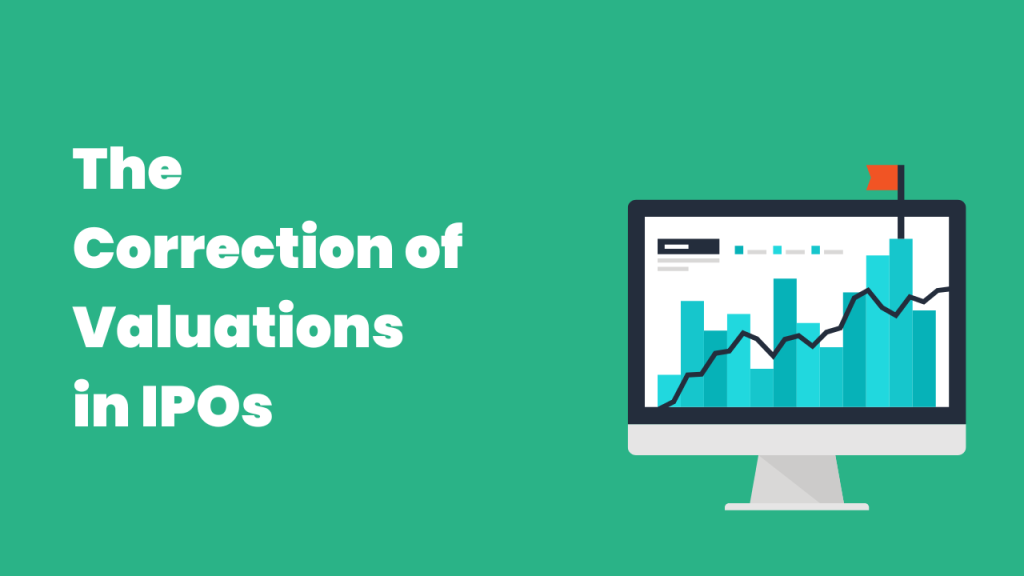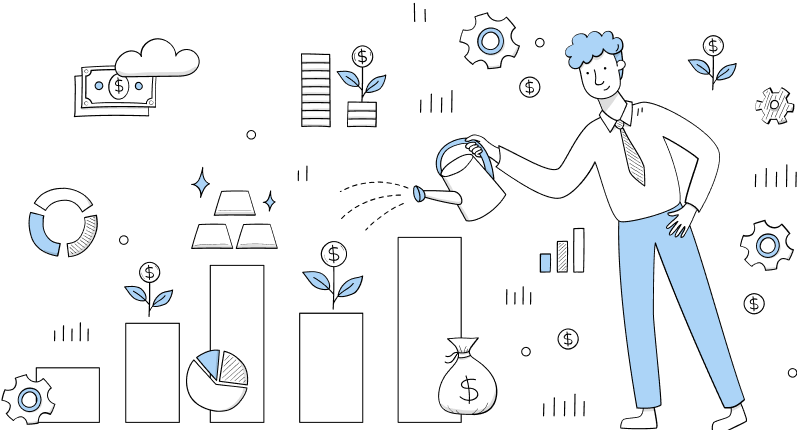The stock market is a matter of curiosity for all investors. You’d be surprised to know that only 3% of India’s population invests in shares and stocks. It is in sharp contrast to the US, where over 55% of the population invests in equity securities.
Lack of awareness is the primary reason why investors don’t invest much in stocks and shares. Even today, the term Indian stock exchange sounds confusing! One of the most interesting things you didn’t know about the stock market is there’s no specific stock exchange in India bearing the name ‘Indian stock exchange.’ It represents a total of 3 SEBI-approved stock exchanges in the country.
Recognized Stock Exchanges of India
- National Stock Exchange of India Ltd. (NSE)
- Bombay Stock Exchange Ltd. (BSE)
- Metropolitan Stock Exchange of India Ltd. (MSEI)
However, most share trading activities now take place through NSE or BSE online, making them the most important components of the Indian stock market.
You can start investing in shares/ stocks right away using your trading and demat account.
How Does Trading Take Place at the Stock Exchange?
The trading operation at the Indian stock exchange is no different from the stock exchanges of other countries. Most trading orders at stock exchanges take place through an electronic limit order book. However, all investors have to get their orders placed online through authorized stock brokers within the stipulated time frame allocated for this purpose.
The stock market has its own rules and regulations as prescribed under SEBI guidelines. It works from Monday to Friday from 9.30 am to 3.30 pm. All activities relating to share trading must take place within these working hours only. It takes T+2 days for the settlement of any transaction.
However, according to SEBI’s new circular, now all trade-related transactions have to be settled in T+1 day w.e.f Jan 27, 2023.
For example, if a customer places a buy order to purchase 10 shares of Yes Bank on Monday; the investor will get these shares credited to his demat account by Tuesday.
Now that you’ve understood the meaning, trading process, and working hours of the stock market, we’ll now take a look at some mind-blowing facts about investing:
Here Are Some Crucial Stock Market Facts that Investors Should Know
The Relevance of Rule of 72
The first thing that an investor wants to know before investing is how much time will it take to double up his investment. Though it depends upon market sentiments and other economic factors, a rule of 72 can help you understand the estimated time period.
For example, if a person is investing Rs. 1,00,000 at the rate of 9%; it will take 72/9 = 8 years for him to double the investment sum.
The Costliest Stock
In India, there are plenty of stocks, which cost exorbitantly high. India’s top 3 costliest stocks are MRF (Rs. 87705), Page Industries (Rs. 44,541), and Honeywell Automation (Rs. 41,420), respectively.
However, Berkshire Hathaway is still rated as the costliest stock in the world. It is an American MNC, headquartered in Nebraska. For buying a single share of this company, you have to spend a whopping $2,41,554 or 2 crore INR!
Pirate Exchange
Somalia holds the distinction of being the only country in the world to run an illegal pirate exchange. The pirate exchange was launched in 2009 in Harardheere and mostly deals with funds collected through ransom and various other types of illegal activities.
Unfortunately, the country hasn’t been able to stop its operation yet. According to sources, the pirate exchange operates round the clock and over 70 firms are listed on it.
Large, Midcap, or SmallCap Stocks
Smallcaps are the most preferred stocks for high returns. But they carry a higher degree of risk and frequent price fluctuations.
On the contrary, large-cap stocks are a safe bet. They yield low returns but are relatively safer for long-term investment. But for cautious investors, mid-cap stocks would be the best. They carry a comparatively low degree of risk with moderate returns.
October Trivia
October isn’t exactly the best month for investors. Two historic stock market crashes were witnessed in October.
On October 29, 1929, Dow Jones saw a massive fall in stock prices by 25%. Also, on October 19, 1987, another stock market crash was reported when Dow Jones fell 22% due to sudden recessionary pressure.
Oldest Stock Market
Amsterdam Stock Exchange was launched in 1602 by the Dutch East India Company for the sale and purchase of stocks and shares. It was later renamed Amsterdam Bourse and went on to become the world’s first-ever stock exchange to deal in stocks and shares of listed companies.
In the subsequent years, many more stock exchanges were launched; Philadelphia Stock Exchange (1790), London Stock Exchange (1801), New York Stock Exchange (1817), Toronto Stock Exchange (1852), and the Bombay Stock Exchange (1875).
The Man Behind BSE’s Success
In the early days, stock trading was done under the banyan trees. But since 1875, BSE continues to have its head office located at Dalal Street. Currently, BSE is the world’s 10th largest stock exchange by market capitalization and has over 5000 companies listed on it.
Very few people know about the man behind its gigantic success. BSE was founded by Premchand Roychand on July 09, 1875. It became Asia’s first-ever fully functional stock exchange. Mr Premchand was a prominent figure in Mumbai’s business and trading circuit. He was also called Cotton King, and the Big Bull.
NIFTY and SENSEX – Reliable Market Indices
India’s top two market indices are NIFTY and SENSEX respectively. NIFTY (National Stock Exchange Fifty) includes the top 50 companies listed and traded in the NSE.
Similarly, SENSEX or Stock Exchange Sensitivity Index gauges the performance of the top 30 stocks listed on the BSE.
Both, NIFTY and SENSEX have continued to enlighten investors with essential market predictions and sentiments. If NIFTY and SENSEX perform well, it shows the investor’s overall confidence in the available stocks and shares.
NIFTY was launched in 1995 and has given a return of almost 11% per year since its inception. Similarly, SENSEX has averaged a CAGR of 15% per year since 1976 (base year). Thus, when the market is high or the country’s macroeconomic factors are performing well, both NIFTY and SENSEX will take an upward trajectory.
Bull And Bear
In stock market terminology, the bear and bull hold a special relevance. When the market value of various stocks and shares rises, it’s called a bullish or bull market. The horns of a bull standing in an upright position symbolize the upward movement of stock prices.
But when the market is going down or has encountered recessionary pressure, the stock prices will fall. It will be called the bear market or bearish trend. The bear has his palm pointed toward the ground, which symbolizes a downturn in the stock market.
One of the most interesting facts about trading is that both bullish and bearish trends are essential for the stock market to thrive. Neither of the trends is permanent. Depending upon market sentiments and price fluctuations in share prices, the stock market will frequently go through both bullish and bearish trends. It makes stock market trading all the more interesting and fun!
In Conclusion
The stock market is full of interesting facts and figures. The more you delve deep into it, the more you love it.
Knowing relevant facts about the Indian stock market can help you become an informed investor and take prudent decisions when it comes to stock market trading.










